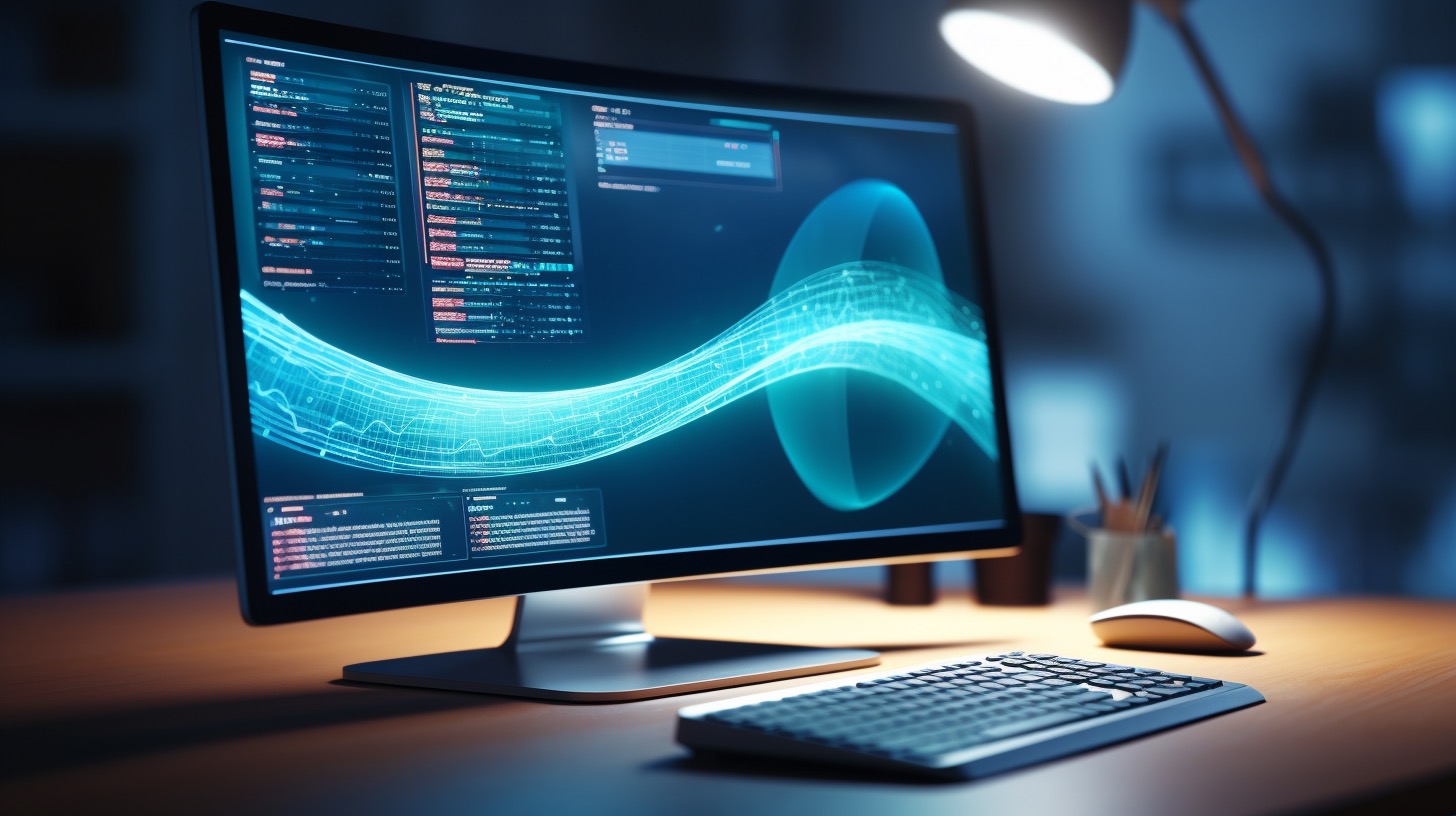With the rise of fake digital content, the integrity of information is at risk. Nowadays, it is wrong to assume that everything you see online is real. Recent advances in generative AI have changed the way people create visual content.
Among the many other wonders of artificial intelligence, deepfake technology has emerged as one of the most innovative and dangerous developments. Cybercriminals rely heavily on this technology to create realistic-looking images that they use in fraudulent activities such as spreading fake news and conducting financial scams.
Therefore, it has become more important than ever to be able to combat scams carried out using deepfake technology. Some effective detective practices can save you from falling into the webs of online scammers. You should learn them to protect yourself from unwanted troubles.
For your convenience, we’ve written this article to tell you some useful ways to combat visual fraud. However, before we delve into that discussion, let’s first understand what deepfake technology is. Ready to dive in? Let’s get started.
Deepfake Technology – A Comprehensive Overview
Deepfakes combines the terms “deep learning” and “fake.” It refers to fake visual content created using deep neural networks. Simply put, deepfakes harness the power of advanced machine learning algorithms to create fake images.
One can appreciate its danger by its ability to “stitch” people into a situation they have never experienced before. This technology is so effective at creating realistic images of people in imaginary environments that it is difficult for a person to recognize them.
Deepfakes are typically created using two types of generative adversarial networks (GANs): a generator and a discriminator. The generator creates the fake images and the discriminator validates them. Through continuous iterations, the generator is able to create an image that the discriminator does not flag as fake.
The result is a unique visual work that closely resembles reality and is ready to be used for a variety of purposes. While deepfake technology has good applications in the education and entertainment industries, it also poses some threats. It paves the way for cybercriminals to create fraudulent images of credible people in dangerous situations, which they later use in fraudulent activities.
Ways to combat image fraud
If online scammers are getting smarter and can rely on advanced technology, why can’t you? All you need to do is learn some smart techniques to spot deepfake scams. Here are some expert tips that can help you spot fake images with ease.
- Critically evaluate questionable images.
When you see an image that makes you question whether it is authentic, you should make sure to examine it critically until you are satisfied. Zoom in on the image on your device and look for errors that deepfake technology often makes when creating content.
Critically examine the various details such as skin, colors, shadows, reflections, etc. Deepfake technology often contains unnatural skin textures, unusual lighting, missing shadows, and strange reflections. If you find enough signs, the image is likely to be generated by AI.
In addition, you can analyze the hands, teeth, face, and other body parts of the person in the photo. In this regard, remember that excessive blurring and sharpness at the edges are clear signs of deepfake technology involvement.
- Perform comparative analysis of suspicious images.
Another way to spot a deepfake is to perform a comparative analysis of suspicious images. This allows you to see where the intended image appears on the internet and the context in which it is found. However, verifying the existence of an image on the web can be cumbersome.
You can get efficiency Image search tool To find a suspicious image across multiple web platforms. Simply upload the image to this tool and let it find visually similar images along with their sources. Then you can check the results and navigate to different sources.
These results can help you determine whether an image is genuine or fake. You can also check the context in which it was uploaded on different platforms. Verifying information from different sources will give you enough evidence about its authenticity.
- Verify the authenticity of the image source
When conducting online scams, scammers typically use two sources: a social media account with a fake identity and a website created specifically for the fraudulent activity. They usually try to trick people into clicking on an image so they can carry out a phishing scam.
So, if you come across a post or message that asks you to click on the image, check who posted it or sent it to you. If it’s a social media account, check their history of previous posts and see what kind of images they have and if there are any inconsistencies in the posts.
You can also check the comments on posts to see what kind of images are being shared on that profile. If it's a website, check if it's being shared through SSL Certificate Protected and whether the information about us looks real. A thorough check will help you identify the legitimacy of the source and avoid falling victim to scams.
summary
After reading this article, we hope you are now aware of deepfake technology and its threats in fraudulent activities. We also hope you are aware of proactive practices to avoid deepfake scams. So, if you think you should adopt these practices, feel free to implement them.

“Certified tv guru. Reader. Professional writer. Avid introvert. Extreme pop culture buff.”







More Stories
Samsung Quantum Dot TV: Art meets technology
Pitch: €56m for energy startup Reverion
Plastoplan: Plastics for Energy Transition